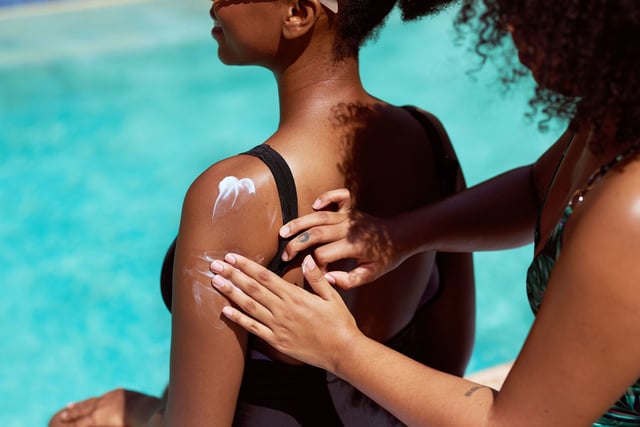Overview
- The Environmental Working Group's 2025 Sunscreen Guide found that just one in four U.S. sunscreens provides balanced UVA/UVB protection, with many failing to meet global safety benchmarks.
- The FDA has not approved a new sunscreen ingredient since 1999, citing its drug-classification rules, which require extensive testing and animal studies, unlike the EU's cosmetic-based approach.
- Advanced filters like bemotrizinol, widely used in Europe and Asia for superior UV protection, remain unapproved in the U.S. despite decades of research and safety data.
- Mineral-based sunscreens, which rely on zinc oxide and titanium dioxide and pose less risk to marine ecosystems, now make up 43% of U.S. products, up from 17% in 2007.
- Local bans on chemical sunscreens linked to coral reef damage have expanded in regions like Hawaii, Key West, and the U.S. Virgin Islands, reflecting growing environmental concerns.


